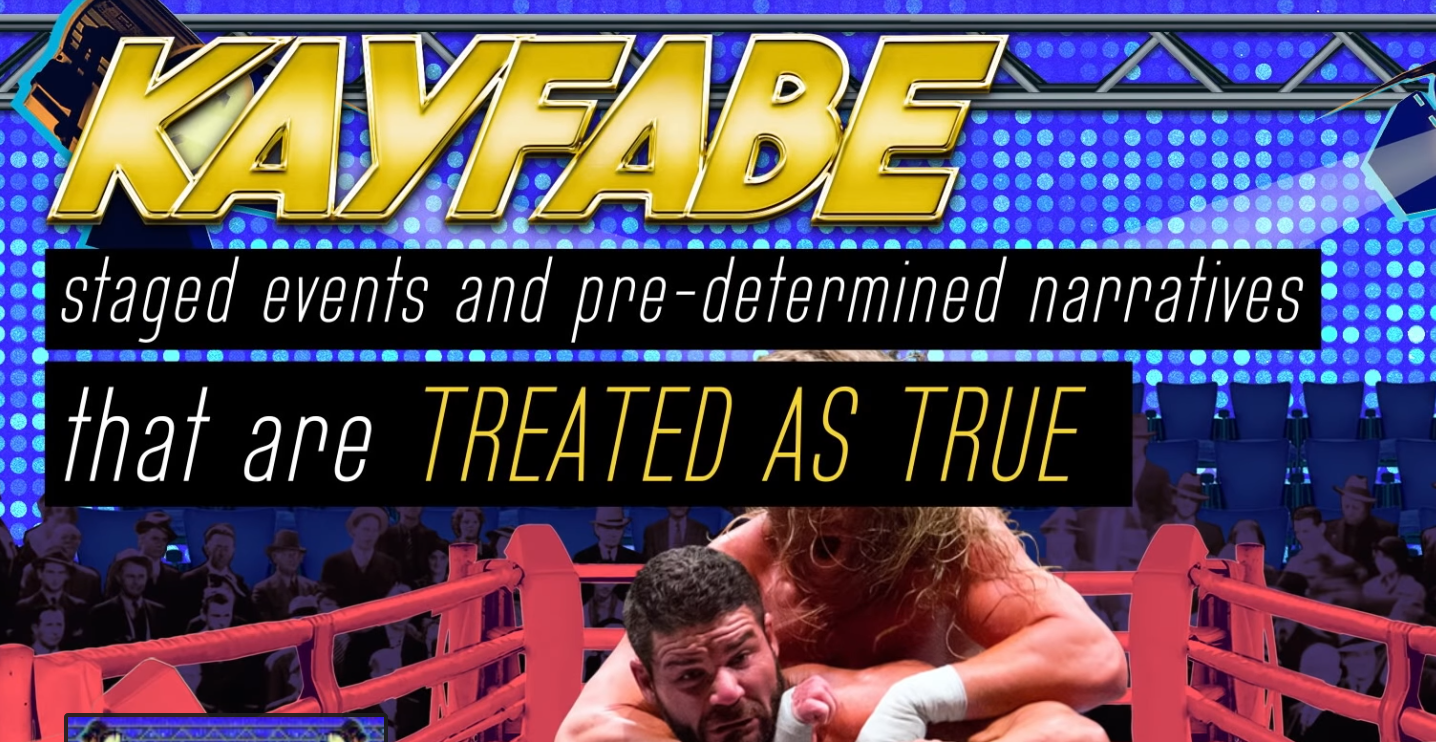
When is a joke, no joke?
Why did the chicken cross the road? To get to the other side.
Michelle Obama? OMG! Somebody should tell the zoo they’re missing an ape.
I don’t have a girlfriend. I just know a woman whose really mad I said that. – Mitch Hedberg.
All jokes, right?
Some are are illogical. Some are horrifyingly hateful and racist. Some are mean or dance around thumbing their nose at conventional morals and standards. So why are people capable of laughing at all three of them?
To be clear, I am not looking at jokes directly from the lens of political correctness. However, it has to be included in the discussion. That’s because jokes, laughing and political correctness do cross paths often.
Political correctness comes into play as jokes tend to cross a line of conventional thought or cultural standards in order to work. Jokes often rile or shock public consciousness. Ask George Carlin and the Seven Words you Can’t Say on TV. Or shock-jock Howard Stern and his “Who’s the Jew?” segments or Richard Pryor’s “Super N-word” routine.
It’s that crossing the line of expected thought that works like a tripwire, triggering a reflective response to the discomfort or spike in emotion that gets expressed as laughter.
That’s one side of political correctness – people who feel tantalized by stepping into risqué territory or an area without clear boundaries. The other side are people who can’t or won’t take a joke when it’s perceived to trespass on one’s intellectual view of standards and acceptability. They then react by putting up walls or call for some form of censorship.
Essentially one laughs and feels tantalizingly naughty or teased at realizing “OMG, they said that?” And one reels at realizing “OMG, they said that? The line where one crosses over to the other side often marks where middle America believes “normal” is.
For those who wish to change society, moving normal to produce consent is a goal. Jokes can do that. Which is why jokes are employed as the weapons to capture territory in culture wars.
Why these “harmless” jokes are simultaneously powerful weapons.
Jokes are carriers for points or ideas. Jokes are unique persuasion tools and weapons in that they don’t stab, but nudge and push. Yet they penetrate deep in the mind like a sharp, hard object.
Drugs have a mechanism of action (MOA) that refers to the specific biochemical interaction through which a drug substance produces its pharmacological effect.). So do jokes. That mechanism for interaction is humor. Humor is able to interact with your brain by bypassing logical barriers that cause instant rejection (right, wrong, morality, fear) of an idea.
In doing so the way we react to a joke is like sleepwalking through an idea. It’s like you can see an idea of a joke, but more through an out-of-body experience. In such a state, we don’t assign the same value or rigor for validity to it as we would if it engaged with the joke intellectually.
Jokes deliver exposure and catharsis, disconnected from consciousness and intellectual rigor.
Probably the reason for the quote, “The jester is the only one that can speak truth to the king.” If the king truly processed what he was being told, he’d likely kill the Jester.
Through this mechanism within jokes, jokes are how we explore ideas that fear and the moral framework that a culture are initially resistant to.
This has been the path for jokes around cultural integration. Usually some version of X group share culture and experiences with another group (usually white middle class America) through jokes. That puts comedians and comedy shows on the front lines of changing culture as America’s first interaction with a culture is usually through comedy.
Richard Pryor and Eddie Murphy brought a more real black experience to more of America. Will and Grace put being gay and gay relationships in front of America. Jeff Foxworthy and his “You might be a redneck” jokes brought the Appalachian culture (often invisible) to mainstream Americans. Yakov Smirnoff, a Soviet-born American comedian, served as the lighter cultural face of Russia after the collapse of the Soviet Union.
The presentation of culture, cultural tension and cultural frustrations through comedy give audiences a look at culture in a way that feels safe. While those in it feel a catharsis of seeing their feeling and culture shared.
An amazing power. And like all powers jokes can also be used to divide culture.
A group outside traditional stand-up comedians have discovered the power of jokes. Hate groups and culture war activists.
Some culture warriors position themselves as jokesters in order to dance like jesters around cultural tensions in society. Joke dancing to tease them to come out. Milo Yiannopoulos, or self-described “rodeo clown” Glenn Beck come to mind. Who often depict cultural or ethnicity baiting games as a form of performance art.
Memes are another form of the “joke” performance art.
This strategy has been used by many sides throughout time, and accepted by alt-right movements. A quote from the past.
“Never believe that anti-Semites are completely unaware of the absurdity of their replies. They know that their remarks are frivolous, open to challenge. But they are amusing themselves, for it is their adversary who is obliged to use words responsibly, since he believes in words. The anti-Semites have the right to play. They even like to play with discourse for, by giving ridiculous reasons, they discredit the seriousness of their interlocutors. They delight in acting in bad faith, since they seek not to persuade by sound argument but to intimidate and disconcert. If you press them too closely, they will abruptly fall silent, loftily indicating by some phrase that the time for argument is past.”
― Jean Paul-Sartre
Politically correct is being allergic to ideas that challenge our cultivated beliefs or sensitivities. For that, we do need a thicker skin. But at the same time if we fail to see the power of the strategies of humor that are being used to build false consciousness, then the joke’s on us.
Think jokes are powerless? Then the joke’s on you.































